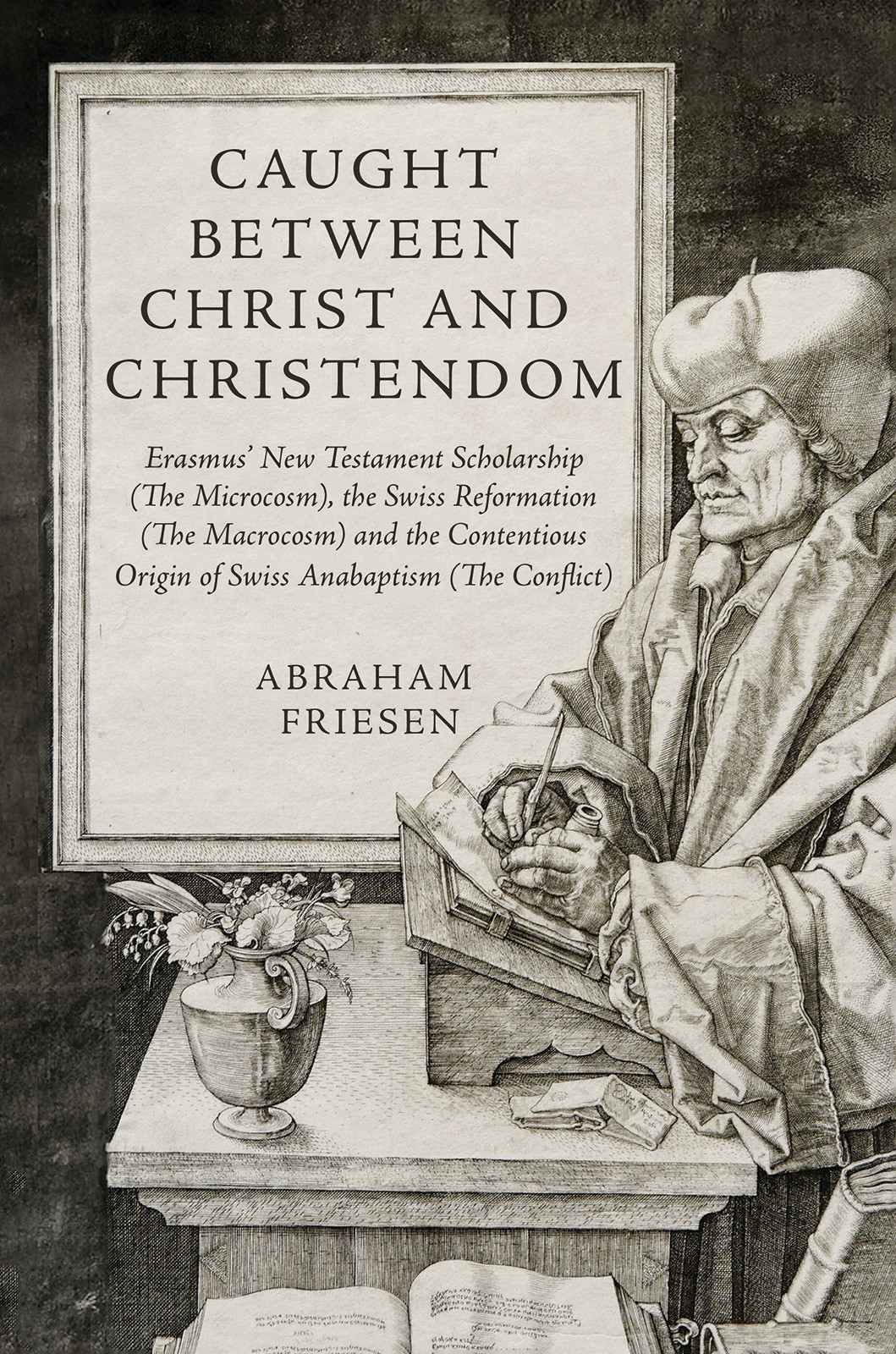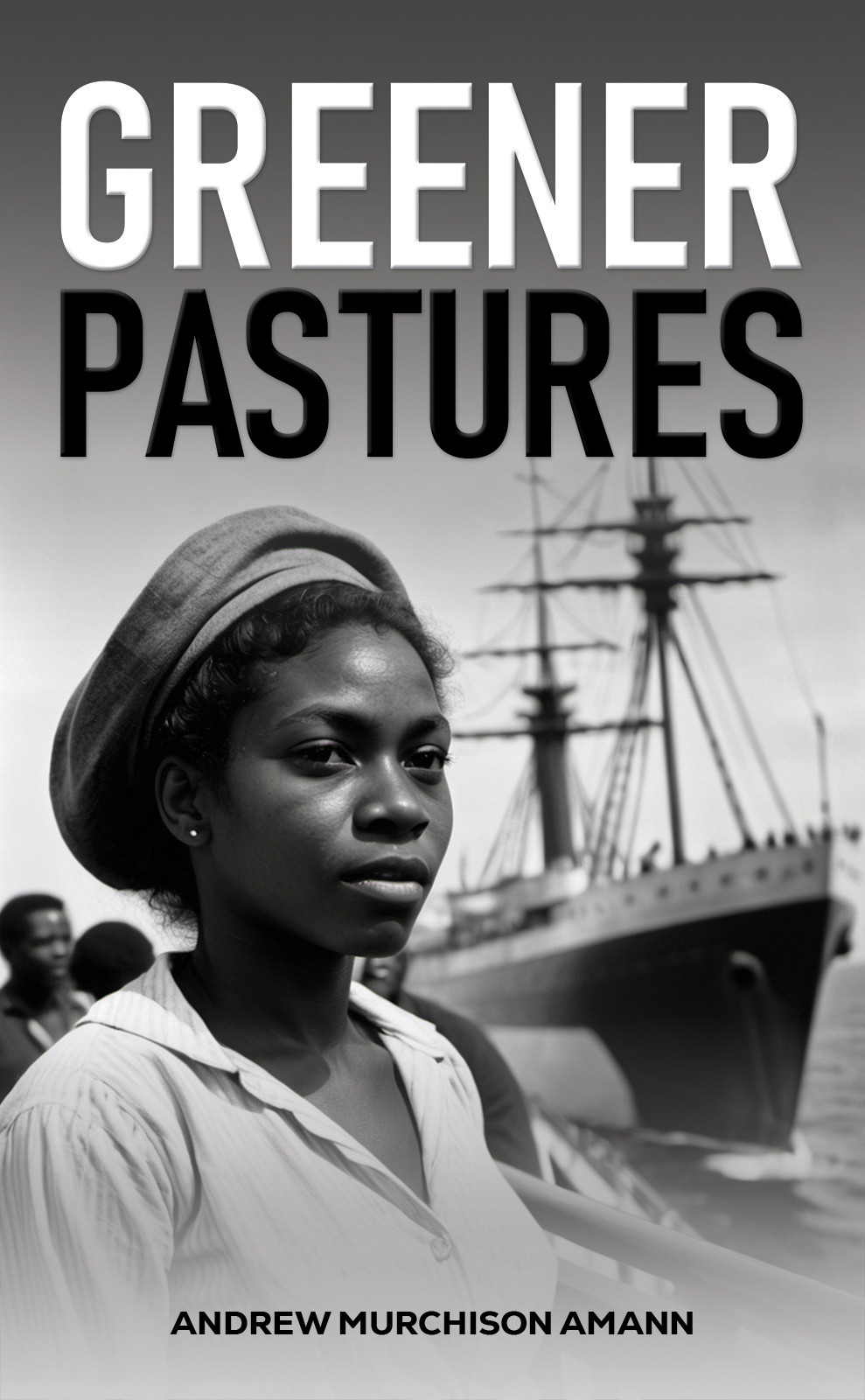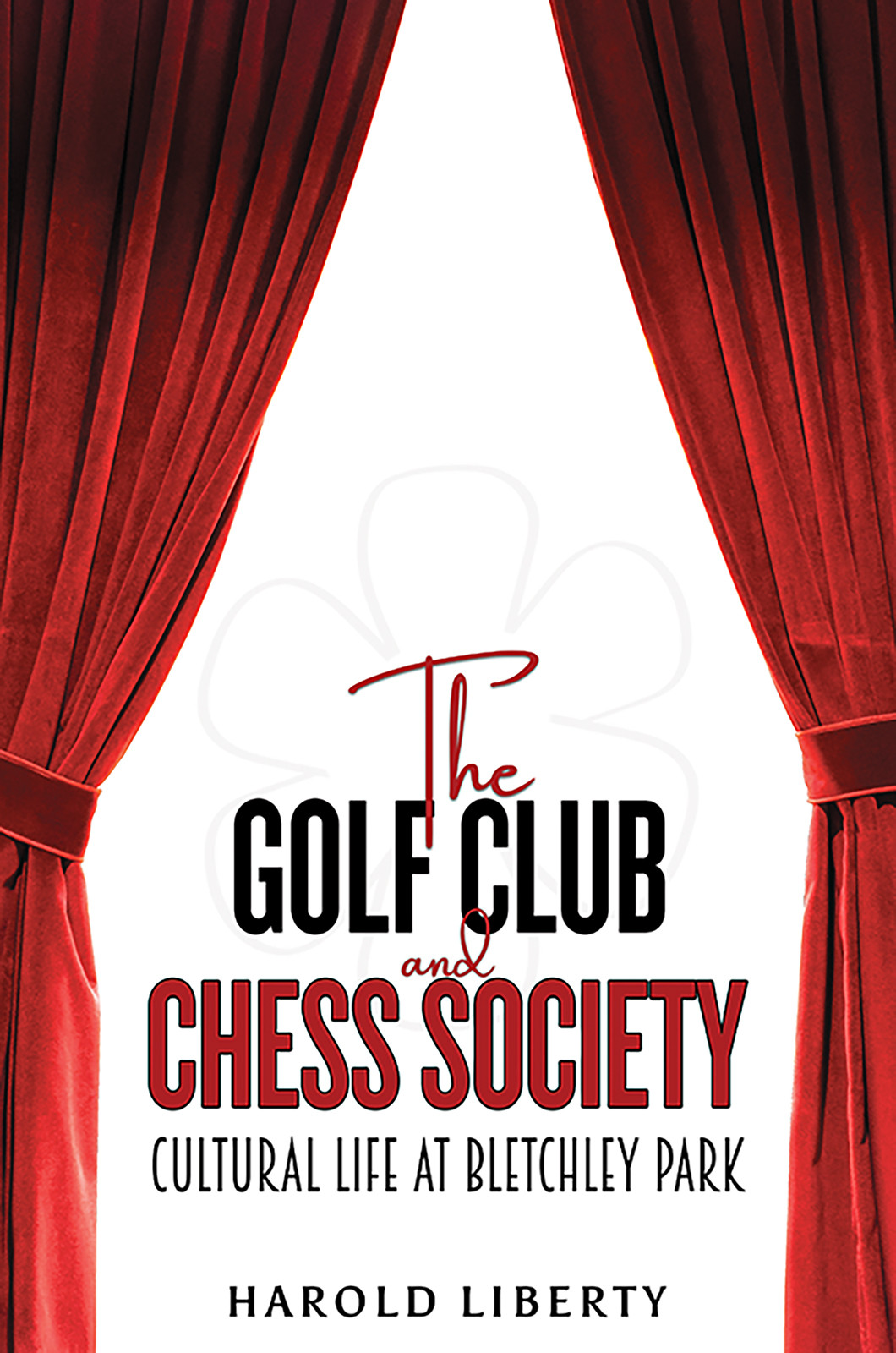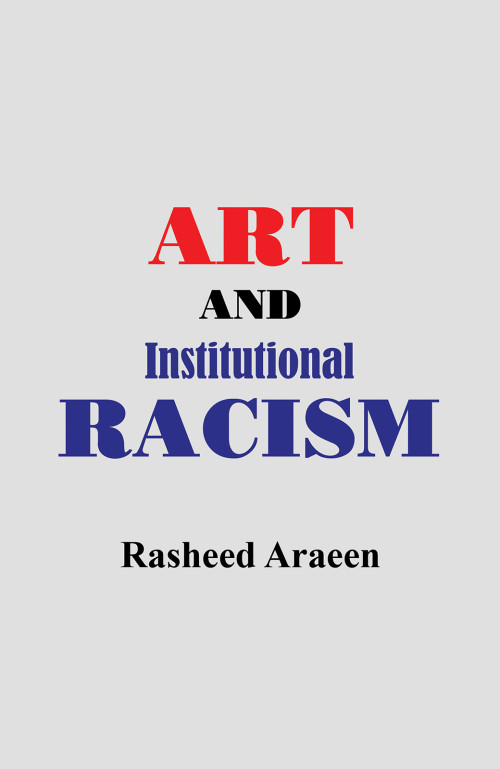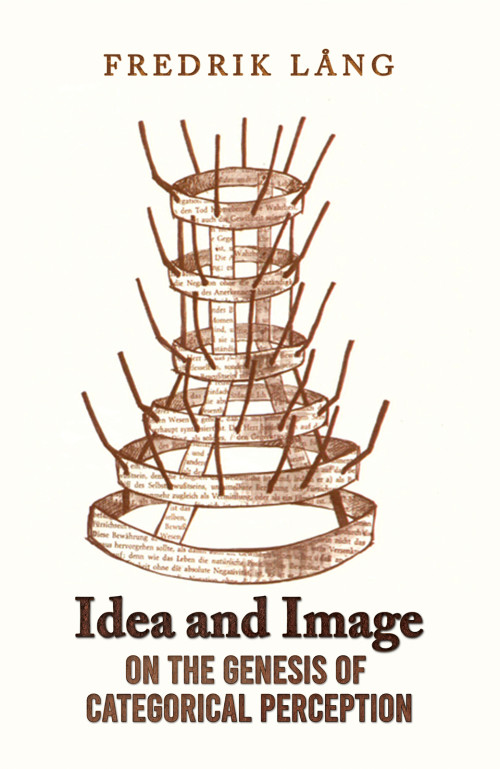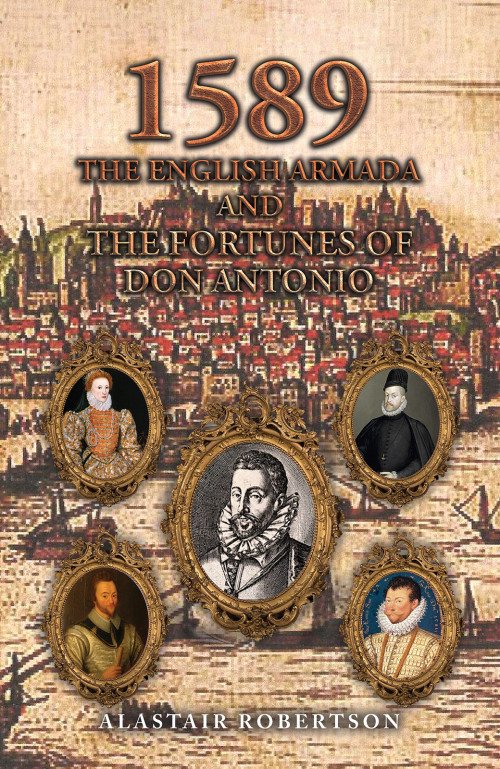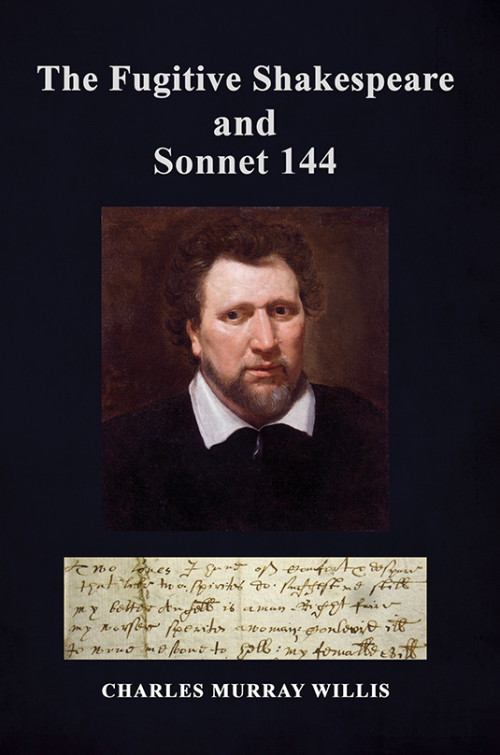The Nadra Tragedy: The Maria Hertogh Controversy
A gripping, real-life drama about the two women battling for custody of a 13-year-old girl in post-war colonial Singapore is set against religious zealotry, racial tensions, and burgeoning nationalism. As a proxy conflict between East and West, this harrowing tale is steeped in prejudice and mob violence, with the resulting court battle shaking the very foundations of the British Colonial Government.
Many innocent lives were lost in the violence that followed the controversial court decision, but Maria Hertogh, also known as Nadra, was perhaps the most tragic victim. Caught between two worlds she could scarcely comprehend, the impact of the upheaval during her most impressionable years was something few of us can fathom. The author crafts a poignant and deeply researched account of the tragic affair, drawing from exhaustive investigations in both Singapore and Holland.
Over 70 years since the events unfolded, the narrative resonates with a powerful relevance, serving as a stark reminder of how the mishandling of delicate matters can precipitate the unravelling of an entire society.


